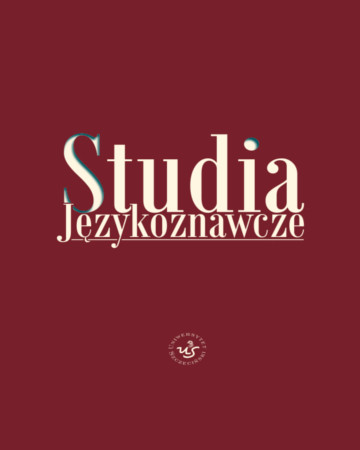





| Authors: |
Paulina
Grabowska

Uniwersytet Szczeciński, Wydział Filologiczny Szczecin |
| Keywords: | stylistics Bolesław Prus Kroniki tygodniowe [‘Weekly Chronicles’] |
| Data publikacji całości: | 2018 |
| Page range: | 14 (119-132) |
| 1. | Źródła |
| 2. | Prus, Bolesław. Kroniki. T. I–III. Warszawa: Państwowy Instytut Wydawniczy, 1954–1956. |
| 3. | Opracowania |
| 4. | Drozdowski, Marian, Andrzej Zahorski. Historia Warszawy. Warszawa: Jeden Świat, 2004. |
| 5. | Gutkowska-Rychlewska, Maria. Historia ubiorów. Wrocław: Zakład Narodowy im. Ossolińskich – Wydawnictwo, 1968. |
| 6. | Paczoska, Ewa. „Lalka”, czyli rozpad świata. Białystok: Trans Humana, 1995. |
| 7. | Szweykowski, Zygmunt. Wstęp do Kroniki, Bolesław Prus. T. I, cz. 1. Warszawa: Państwowy Instytut Wydawniczy, 1956. |
| 8. | Wiśniewska, Marta. „Letnie salony Warszawy, czyli o modzie spacerowej warszawiaków w 2. połowie XIX wieku”. Saeculum Christianum XXI (2014): 211–222. |
| 9. | Słowniki |
| 10. | Doroszewski, Witold, red. Słownik języka polskiego. T. V. Warszawa: Państwowe Wydawnictwo Naukowe, 1963. |
| 11. | Linde, Samuel Bogumił. Słownik języka polskiego. Warszawa: Państwowy Instytut Wydawniczy, 1951. |
| 12. | Karłowicz, Jan, Adam Kryński, Władysław Niedźwiedzki, red. Słownik języka polskiego. Warszawa: Państwowy Instytut Wydawniczy, 1952. |